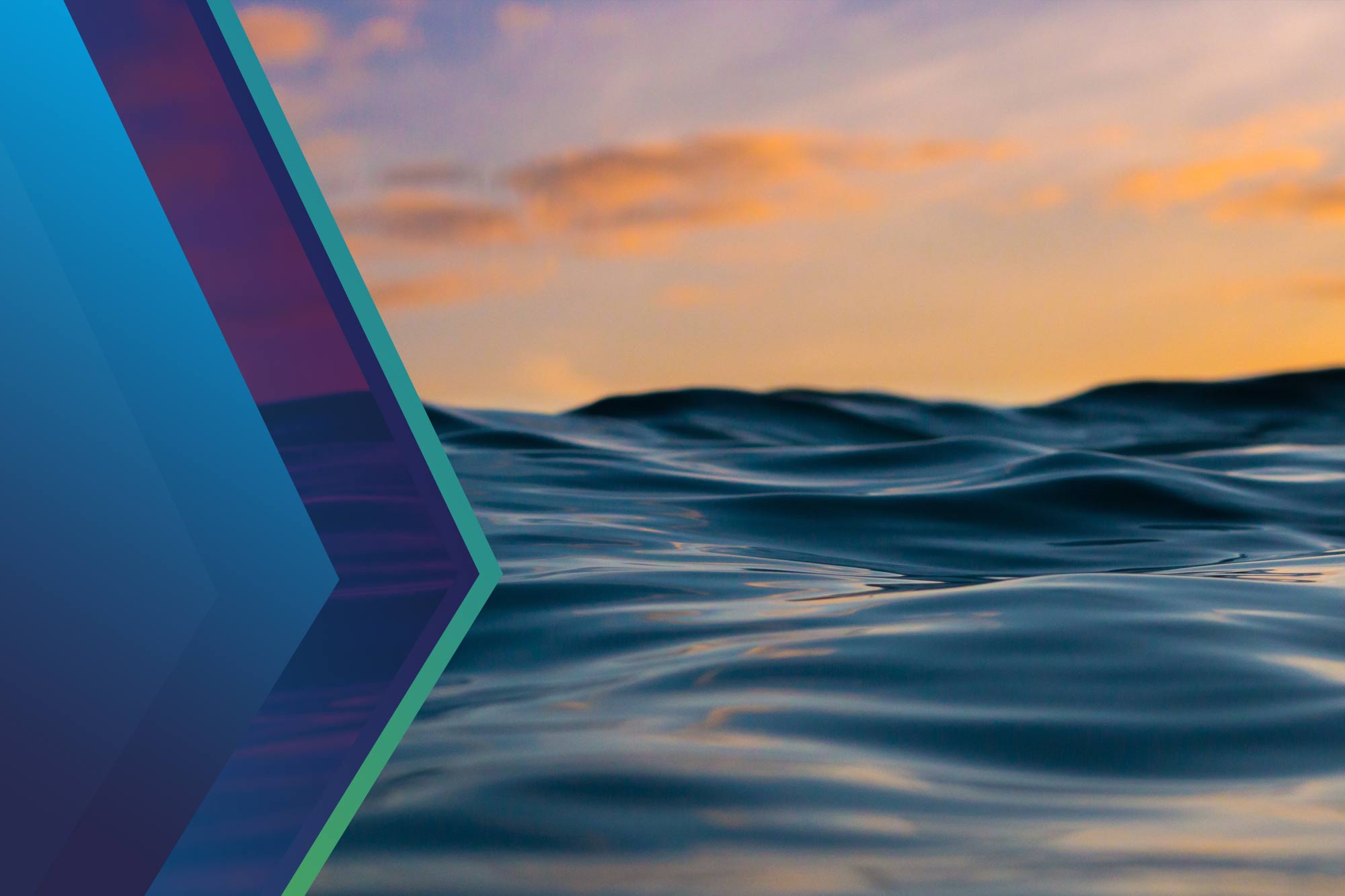This week we are delighted to receive our guest Yves Parlier, a legendary sailor and an individual with a passion for innovation. Parlier has always challenged the sea and been a master of disaster throughout his years of competing. During the Vendee Globe 2000-2001, Parlier spent 10 days sheltered in the bay of a small island off the coast of New Zealand completing an ingenious repair to fix a wing mast that fell onto the deck. He went on to finish 13th in the race. This achievement, among his many wins, has placed him in the public eye as an extraordinary sailor who can reach finish lines even when seemingly impossible. He has since then switched careers from a professional offshore racing sailor to an entrepreneur and is now the CEO of Beyond the Sea.
Beyond the Sea designs, manufactures, tests, sells, and maintains kites used to propel boats. The original idea behind the project was to design a backup kite sail in case of engine failure or demasting. In 2017, they launched the first towing sail for pleasure boats: the LibertyKite. However, they did not stop there; in 2020, The LibertyKite Second Generation was launched: a kite sail steered by an automatic pilot that will also send and recover the sail. This is an exciting technology and for this episode, Yves joins us with Marine Rialan, a project manager at Beyond the Sea, to discuss the development and potential of kite power.
But what makes the LibertyKite so innovative? And why would one opt to use kites instead of regular sails? Using kite sails is one of the easiest ways to retrofit cargo ships to utilize wind power. While kites are adaptable to all ships and can be easily attached, retrofitting cargo ships to use sails is a more expensive and complicated process. In addition, when kites are not in use there is no drag from the wind or adverse effect to ship performance which cannot be said about sails.
Beyond the Sea is also working on a new project called “SeaLab ” where they will rebuild the “Médiatis Région Aquitaine,” an 18 m x 15 m catamaran that will be self-sufficient in energy with zero emissions. They hope to transform the ship into what Parlier calls a “laboratory of the sea,” where it will be used to develop new innovative technologies oriented towards the maritime market. It comes as no surprise that Beyond the Sea was selected as one of the 3 innovative companies to receive 1 million Euros in funding from Time for the Planet, a citizen movement dedicated to global action against greenhouse gasses that finances innovations on a large scale.
The wind has been used for ship propulsion for thousands of years and despite our transition to bunker fuel in the 19th century, Parlier believes the future of maritime shipping lies with the wind. Join us in our conversation about marine decarbonization and ocean governance and get a glimpse into Beyond the Seas’ role in innovating the green maritime shipping industry.

